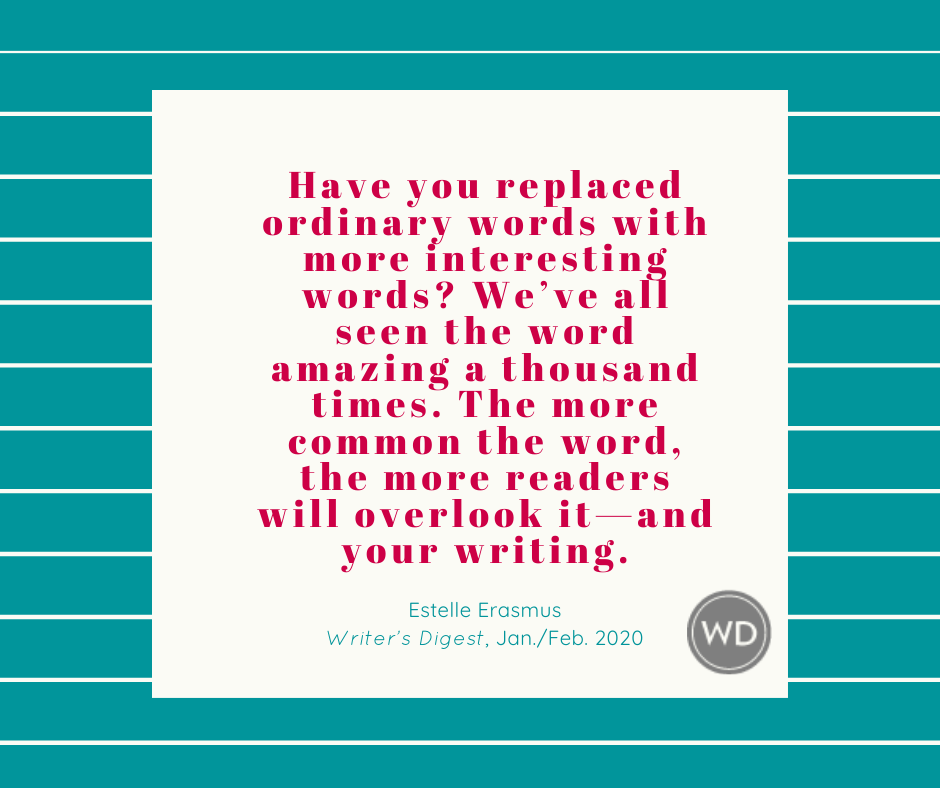Expert Tips on Writing Sensory Details in Setting & Description
Today’s tip of the day comes from Write Great Fiction: Revision and Self-Editing by James Scott Bell, in which he discusses the importance of setting and description, and explains how…
Today's tip of the day comes from Write Great Fiction: Revision and Self-Editing by James Scott Bell, in which he discusses the importance of setting and description, and explains how including sensory details within a story can not only benefit your writing but also engage your readers.
What to Avoid When Writing Description
It's important to remember that setting is where your story takes place. What is description? Description is how you bring setting and its characters to life. Writing description can be challenging especially for beginning writers. Here are two tips on what to avoid when writing description:
- Don't over do it. Sure, you've spent a bunch of time perfecting your setting and researching. But just because you have multiple pages of detailed notes, doesn't mean you have to use all of those details in your description or setting. You don't want to confuse the reader, so keep it simple.
- Giving all the information at once. Your goal is to keep your reader engaged. If you lump your description all into one page, you're bound to either confuse the reader with all of the details or lose their attention. Instead, " ... put the description in the character's point of view and use the details to add to the mood."
Using Imagination to Create Mood in Writing
Using mood can help to deepen the feelings in the reader. One way to create mood in writing is by using your imagination. Author James Scott Bell suggests a technique to help you capture mood in your story by closing your eyes and letting your imagination dictate what you see. Once you have a clear picture, write down the details and then edit to create the mood you are looking for. Remember, using mood and senses in writing can add relevant details to your story and help keep your readers' attention.
The Importance of Setting & Details in Writing
You want to create a world that is believable, yet fascinating, which is why finding the right setting for your story is crucial. One way to create a setting in writing a story and practice your hand at observing details is by doing some of your own "hands on" research. For example, if you are setting your story in a small seaside town on the East Coast, go to an actual town near the ocean in the East. Make note of the details you see, smell, hear, touch, and taste, and what the vibe of the town is. Then use those notes along with the sensory details of your experience to create a setting that will invite the reader to come along on the journey with the story's characters. After all, even the most minute details in writing your story can help a setting come alive to the reader.
Need some examples of setting? Some examples of settings in writing include: the Overlook Hotel in Stephen King's The Shining, and the city of Los Angeles in 1921 from Bell's historical novel Glimpses of Paradise, and a small town set in winter in Sol Stein's The Magician.
To learn more, check out our other writing tips.









